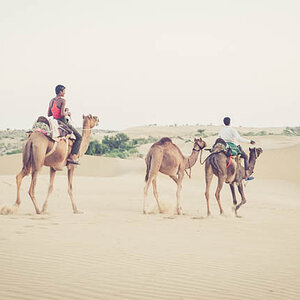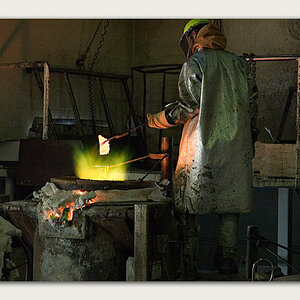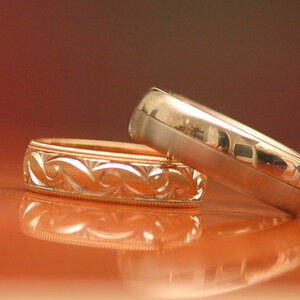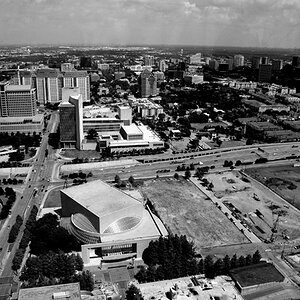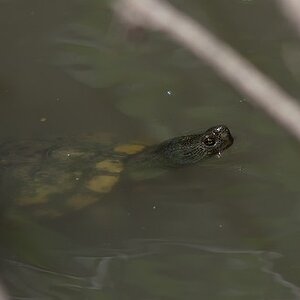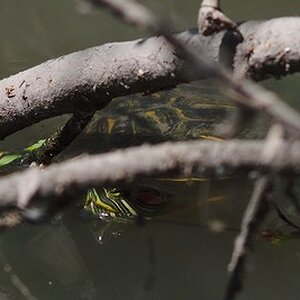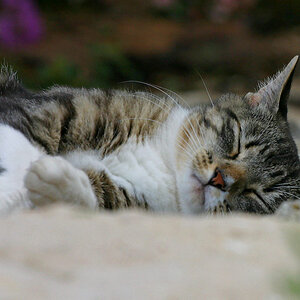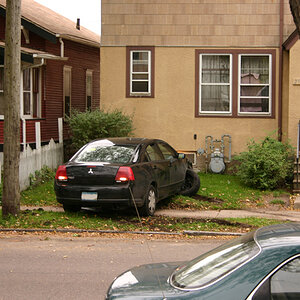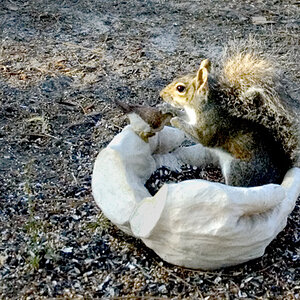Well, today I picked up my photo's that were drying since the night before.
'Hmmm' I said... And I sat down. 'Damn!'
I slowly became frustated because of a few things:...
When I look at my pictures, they're all right, except for the small amount of dust on it. Even a few small white spots break my nerves!!! I do everything to avoid dust and scratches and spots, but it's like they keep comming... Maybe I do something wrong when drying my film, or when I use it in my enlarger... I don't know...
Second, my type of paper. For the moment I use Ilford RC/PE Pearl, but I don't like the result... It's too plastic, it has this kind of look and feel I don't like. Does anyone know an alternative?
And I don't have any structure of my photos, sure I store them all in my negative map but I lack some 'series'; it's like every photo is on its own, and sure it can be good... Any idea's for projects? Should I do it?
Thanks!
'Hmmm' I said... And I sat down. 'Damn!'
I slowly became frustated because of a few things:...
When I look at my pictures, they're all right, except for the small amount of dust on it. Even a few small white spots break my nerves!!! I do everything to avoid dust and scratches and spots, but it's like they keep comming... Maybe I do something wrong when drying my film, or when I use it in my enlarger... I don't know...
Second, my type of paper. For the moment I use Ilford RC/PE Pearl, but I don't like the result... It's too plastic, it has this kind of look and feel I don't like. Does anyone know an alternative?
And I don't have any structure of my photos, sure I store them all in my negative map but I lack some 'series'; it's like every photo is on its own, and sure it can be good... Any idea's for projects? Should I do it?
Thanks!


 I really like Ilford's fiber based papers. I've been using the cold tone glossy, something I never thought I'd like, but I love it. I like Agfa Classic 118 matte paper if I'm going to handcolor an image. It has nice tonal range and more "tooth" to it.
I really like Ilford's fiber based papers. I've been using the cold tone glossy, something I never thought I'd like, but I love it. I like Agfa Classic 118 matte paper if I'm going to handcolor an image. It has nice tonal range and more "tooth" to it.
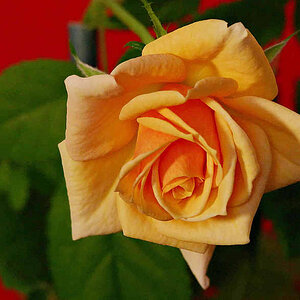
![[No title]](/data/xfmg/thumbnail/38/38724-0b9c26c57726c91c6c504310e4428e55.jpg?1619738702)
